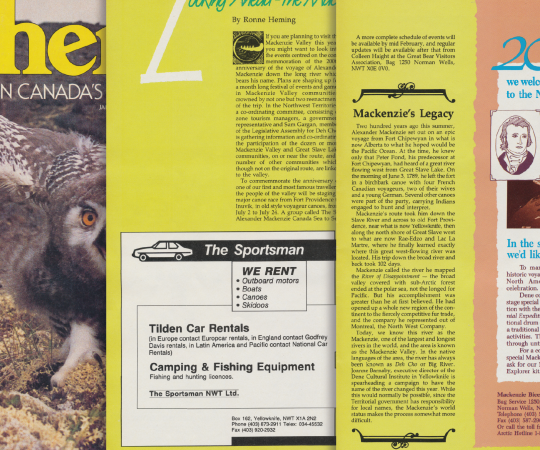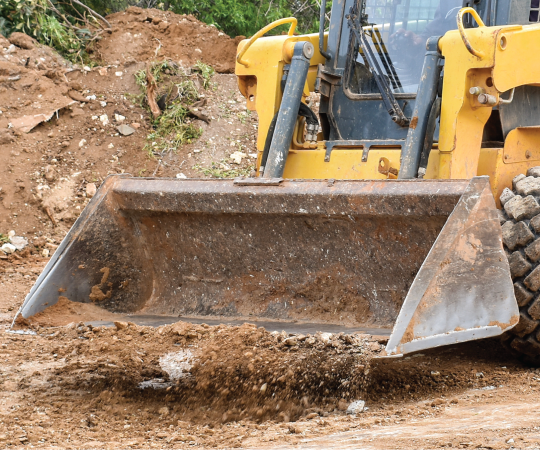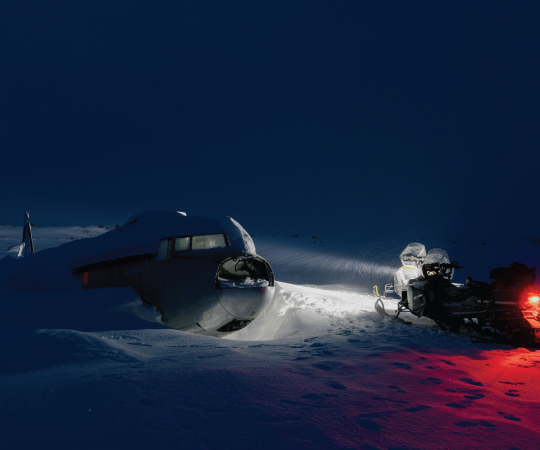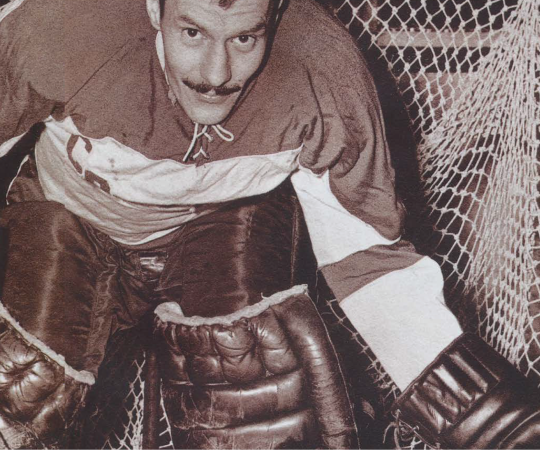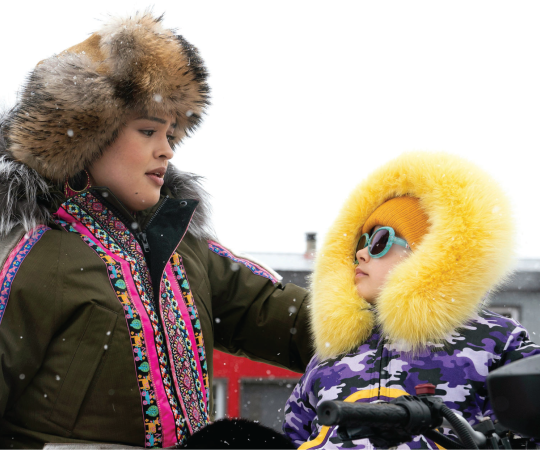We might not know how it’ll start, but one thing we do know? It ends with zombies.
Though nuclear apocalypse seems possible these days with the fragile egos presiding over world superpowers, let’s not forget about climate change. Global warming is heating up layers of long-frozen permafrost that’s chock full of bad stuff. And it’s waking up. In 2016, 20 people were hospitalized and a 12-year-old boy died after being infected with anthrax in Siberia. The anthrax was released after the carcass of a reindeer, frozen since 1941, thawed out. Scientists believe smallpox and bubonic plague are also trapped in Siberia, while mass graves in Alaska contain fragments of RNA from the 1918 Spanish flu virus. And those are just the modern bacteria.
For some reason, NASA scientists revived bacteria frozen in an Alaskan pond for 32,000 years in 2005. And in 2014, researchers woke up two giant viruses frozen in permafrost. Could climate change unknowingly unleash a dormant zombie plague? We consulted a panel of experts to offer up some advice just in case the undead come calling.

Would we survive?
If knowledge is power, then the North is fully charged. Jay Bulckaert is a founder of Yellowknife’s Dead North Film Festival and he’s probably seen every potential permutation of a zombie apocalypse through the festival’s first six years. He says the resourcefulness of Northerners to use what surrounds them to stay alive would be instrumental come the end times. “I certainly know a lot more people here who can change a tire, light a fire, chop wood, hunt, fish, gut an animal,” he says.
Take Sanikiluaq Nunavut’s Jimmy Iqaluq. In 2016, he was out hunting when he fell through the ice. He pulled himself to safety and built an iglu to stay warm, but he had to do something about his wet clothing. So he took the fox he’d caught earlier and turned it into a makeshift pair of pants.
“We are very tough people,” says Jill Rivera, a self-confessed zombie obsessive in Yellowknife. What about Torontonians or Vancouverites? “They can’t even handle snow. How could they handle the zombie apocalypse?”
1. Location, location
Step one in any zombie apocalypse scenario, our experts agree, is to run away. That’s key to Rivera’s plan. “I’m talking any isolated area. If I’m in Lutselk’e and the military comes and asks for my temperature, guess what, I’m gone.” Rivera, who works in occupational safety, has carefully studied zombie movies and compiled her own survival plan. The North, with its large swaths of unpopulated territory, is the perfect place to hide out. Plus, she’s pretty sure zombies would freeze up here.
But Northerners have to make it through the winter themselves. “Staying alive is the first thing, right, because you can’t do anything if you’re dead,” says Shawn Buckley, a Great Slave Lake fisherman.
He’s not worried about getting to spring. “People are somewhat prepared for cold weather already. We live in extremes,” he says, alluding to the days of darkness and bone-chilling cold.

When The Northern Enquirer spoke with Buckley, he was out on the lake. The temperature? –53 C with the windchill. “Winter, it’s not a big deal. It’s a mentality. You know it’s cold, you know you have to go out, so you start thinking about where the dry wood is, how to get a fire going and how long it’s going to
last. People not used to this don’t have that capacity readily available in their minds. I’m outside just about all the time.”
2. Gimme shelter
Self-reliance might be key early on, but you won’t want to be alone forever. Two heads are better than one and a community—with each member bringing a unique set of skills to the table—is best. But where might you find security and sanctuary, off the grid?
Look no further than a remote mine site. They were built to host hundreds of employees on a revolving basis. These sites, described as “small towns”, include residences, recreational areas, generators, maintenance garages, gigantic fuel and food stores and cafeteria kitchens. They are perfectly suited to become zombie-proof compounds.
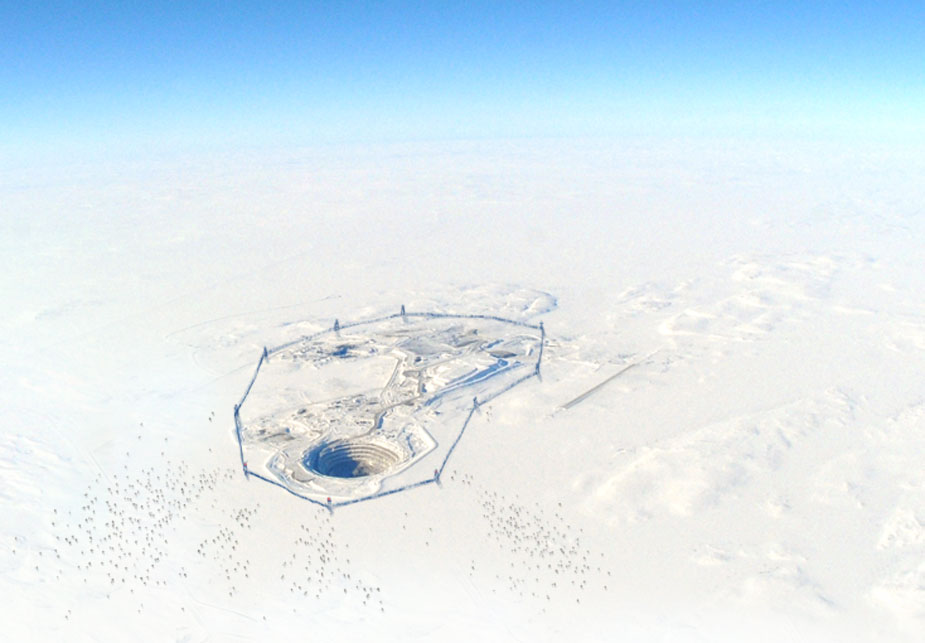
3. Time to eat
Zombies want your brain, but you’ll need it to devise ways to stay fed yourself. There’s an abundance of food in the Canadian Arctic—from maktaaq to moose meat, cranberries to chaga mushrooms—if you know where to look. “I’d be eating a hell of a lot of fish, I’ll tell you that,” Buckley says. “You’d have to survive with what’s within your reach.”
But your taste buds shouldn’t suffer. Whitehorse’s Michele Genest has a collection of cookbooks that centre on Northern ingredients, with recipes for everything from dandelion fritters to bison kofta and smoked Arctic char livers.
And maybe familiarize yourself with Laughing Lichen, too. Off the grid in the wilderness outside Yellowknife, they harvest wild herbs, berries, lichens and fungi to make everything from tea and salves to aftershave and soaps.
Note: You’ll want to clean up a bit for dinner. Remember, it’s up to you to repopulate the world.
4. Gear up
Dress to not die. Rivera is unimpressed with the bikini-chic and ripped tank tops worn by zombie-movie heroes. “All I see when I look at that is, in about 24 hours she’s going to be a really
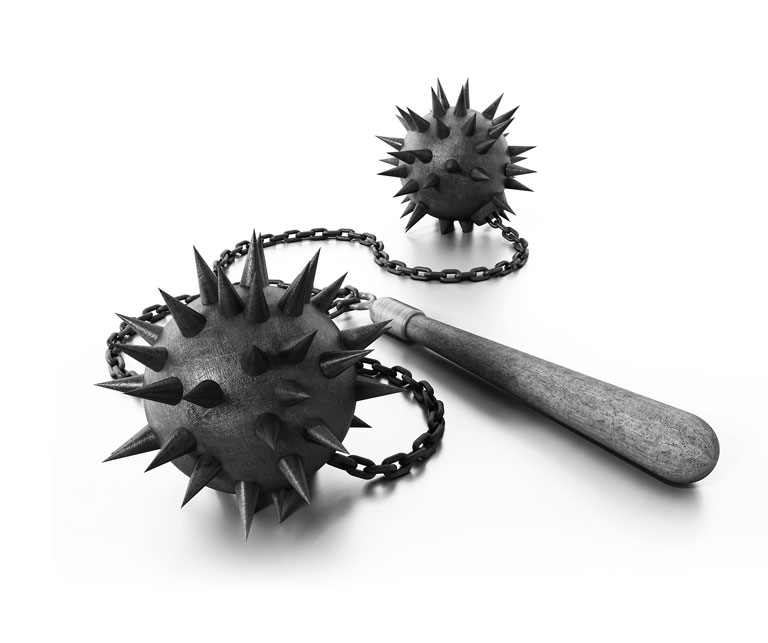
good-looking zombie,” she says. You need to watch out for a zombie plague spread by absorption through the skin and mucus membranes. Drugs like fentanyl, which has prompted full biohazard protocols for law enforcement across the country, have proven just how dangerous a virus spread by touch could be. “It’s much less sexy, but I would be in a white hazmat suit, and I would have my goggles on and my mask on and I’d have duct taped seams,” she says.
In the winter, when everyone is buried under layers, Rivera preaches constant vigilance. “Winter is hard because people are shuffling down the sidewalk and you never know, is it a zombie or are they just cold?”
As for weapons, the North has them in droves. There’s bound to be someone in your new community who can wield a crossbow or gun—or set up a leg-hold trap.
Although, in a pinch, you can always swing an axe.



